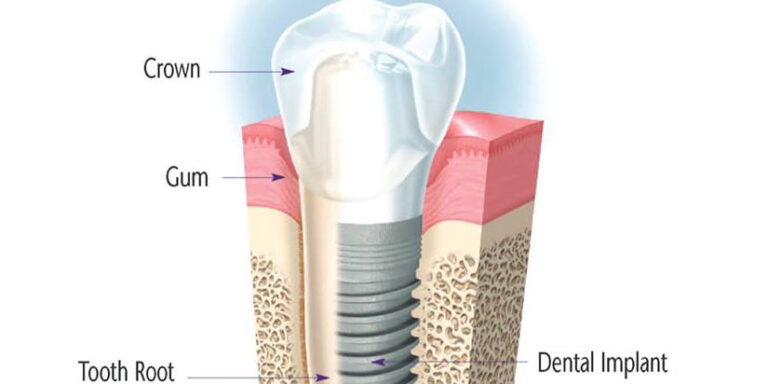How to combat vitamin D deficiency during short winter days
Feb. 1, 2024
This paid piece is sponsored by Sanford Health.
Your body makes vitamin D when skin is exposed to sunlight, but production often drops with the shorter days of winter, especially in the Northern Hemisphere. This could increase the risk for vitamin D deficiency.
Tami Gangestad, a registered dietitian at Sanford Health, explains that vitamin D plays an important role in promoting calcium and phosphorous absorption – both crucial for bone health.
Vitamin D also is involved in supporting the immune system, hormone regulation, cell growth, muscle function and cardiovascular health.
Risks of vitamin D deficiency
Thirty-seven percent of adults worldwide have vitamin D levels below the recommended amounts, according to research published in the journal Metabolites. Severe deficiency is reported in 7 percent of the global population.
In the U.S., studies have found that 14 percent to 18 percent of adults have low levels of vitamin D.
Without enough vitamin D, bones may become weak and brittle over time. In children, this condition is called rickets and remains a worldwide problem. Adults risk a softening of the bones called osteomalacia and osteoporosis. People with vitamin D deficiency also report bone pain.
Other signs and symptoms of vitamin D deficiency include muscle weakness, fatigue and a weakened immune system. Some people also report changes in their mood and ability to concentrate.
Some people are more at risk for too little intake or absorption of vitamin D:
- People with limited sun exposure.
- Breastfed infants.
- People with certain health conditions such as celiac disease, cystic fibrosis, kidney diseases and malabsorption syndromes.
- Athletes.
- Older adults.
- People with obesity.
- People with a history of gastric bypass surgery.
Additionally, you could be missing out on this important vitamin if you have a milk allergy or a lactose intolerance or if you follow an ovo-vegetarian or vegan diet.
How to get more vitamin D
To compensate for the lack of vitamin D from sunlight, it is important to get plenty of vitamin D from foods.
“Food sources of vitamin D can be challenging to include regularly in our diet,” Gangestad said.
Food sources of vitamin D include:
- Fatty fish such as salmon, trout, and sardines.
- Mushrooms.
- Egg yolks.
- Beef liver.
Other foods are fortified with vitamin D such as:
- Cow’s milk.
- Soy milk.
- Oat milk.
- Almond milk.
- Some brands of orange juice and yogurts.
If you’re having trouble consistently meeting your complete vitamin D needs, your primary care provider may advise you to take a supplement.
Dietitians recommend children and adults get the following vitamin D amounts each day:
- Up to 12 months of age — 400 IU.
- Age 1 to 70 — 600 IU.
- Older than 70 — 800 IU.









